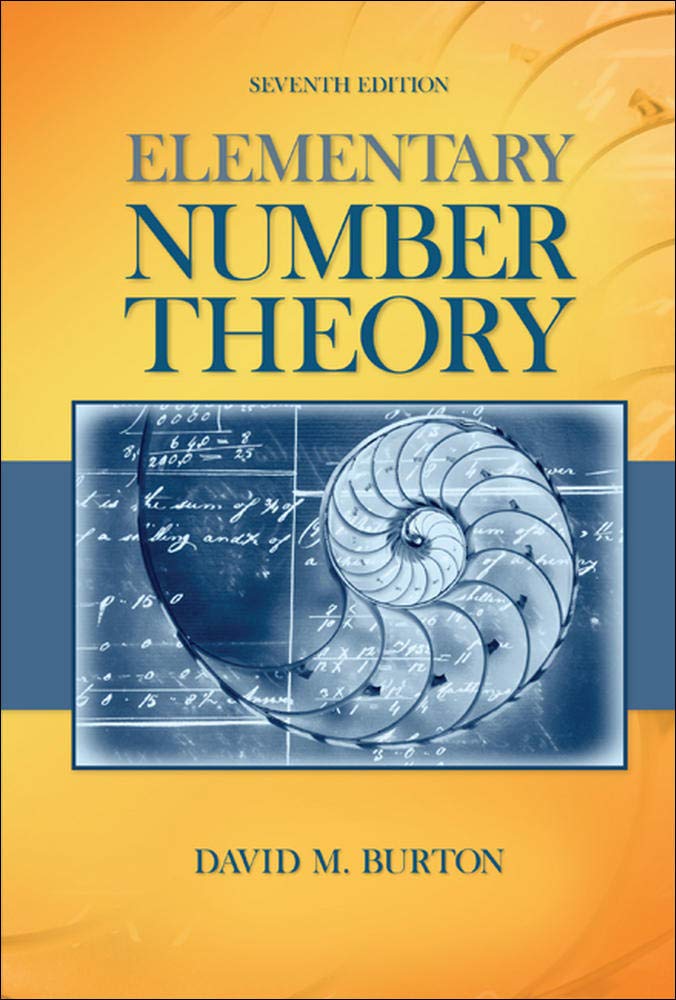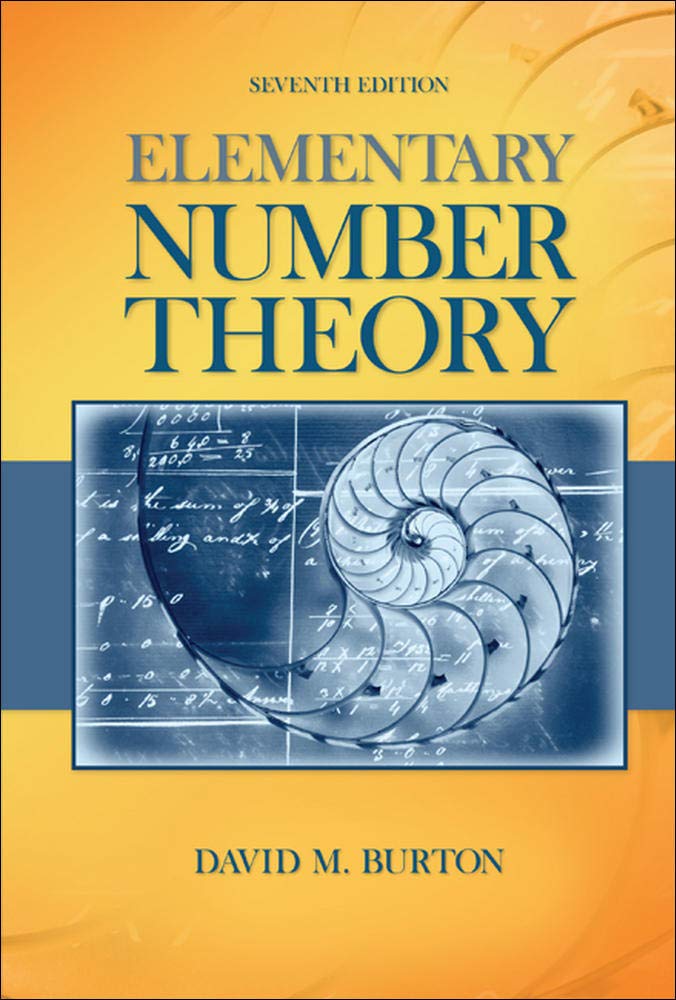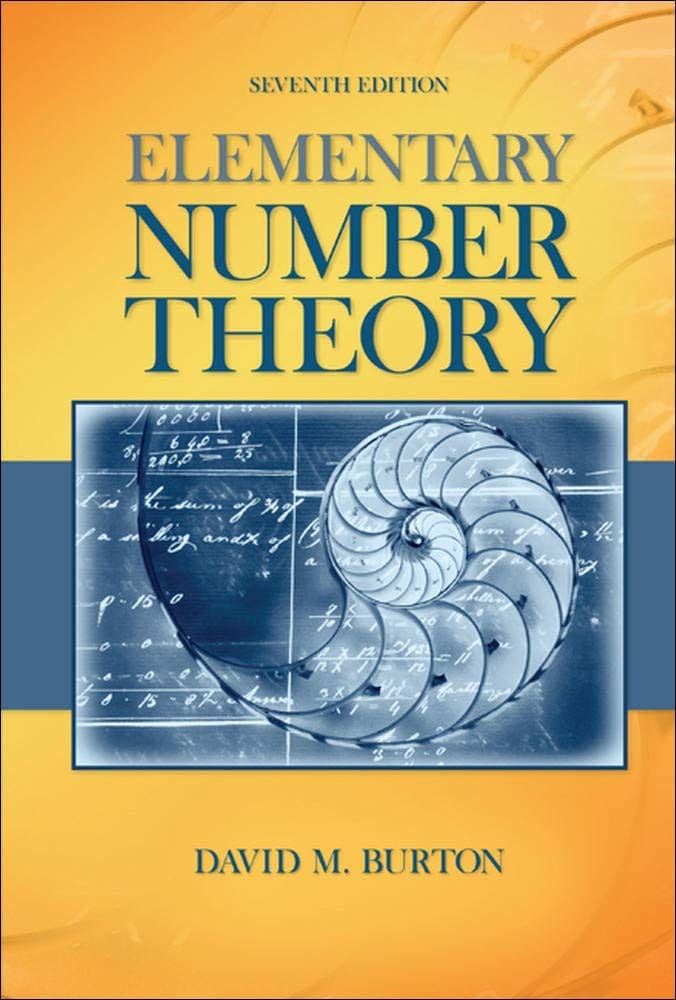
Elementary Number Theory Problems 3.3 Solution (David M. Burton's 7th Edition) - Q23
My Solution for "(a) The arithmetic mean of the twin primes $5$ and $7$ is the triangular number $6$. Are there any other twin primes with a triangular mean? (b) The arithmetic mean of the twin primes $3$ and $5$ is the perfect square $4$. Are there any other twin primes with a square mean? "
Table of Contents
Background
All theorems, corollaries, and definitions listed in the book's order:

I will only use theorems or facts that are proved before this question. So you will not see that I quote theorems or facts from the later chapters.
Question
(a) The arithmetic mean of the twin primes $5$ and $7$ is the triangular number $6$. Are there any other twin primes with a triangular mean?
(b) The arithmetic mean of the twin primes $3$ and $5$ is the perfect square $4$. Are there any other twin primes with a square mean?
Solution
(a)
The definition of triangular number is $T_{n} = \frac{n(n + 1)}{2}$ for $n \in Z^{+}$. Let $p$ and $p + 2$ be the twin primes. We know:
$$ \begin{equation} \begin{split} \frac{p + p + 2}{2} & = \frac{n(n + 1)}{2} \\ p + 1 & = \frac{n(n + 1)}{2} \\ 2p + 2 & = n(n + 1) \\ 2p & = n(n + 1) - 2 \\ 2p & = n^{2} + n - 2 \\ 2p & = (n + 2)(n - 1) \end{split} \nonumber \end{equation} $$From Theorem 3.2 Fundamental Theorem of Arithmetic, either $n + 2 = 2$ or $n - 1 = 2$. Then either $n = 0$ or $n = 3$. It is impossible for $n = 0$ as the right-hand side will become $-2$ while the left-hand side must be greater than $0$. So, $n = 3$. Therefore, $p = 5$, which is the only solution.
(b)
Similarly, we let $p$ and $p + 2$ be the twin primes and let $n^{2}$ be the perfect square. We then have:
$$ \begin{equation} \begin{split} \frac{p + p + 2}{2} & = n^{2} \\ p + 1 & = n^{2} \\ p & = (n + 1)(n - 1) \\ \end{split} \nonumber \end{equation} $$Then, from Theorem 3.2 Fundamental Theorem of Arithmetic, either $n + 1 = 1$ or $n - 1 = 1$. It means that either $n = 0$ or $n = 2$. It is impossible for $n = 0$ by similar arguments as above. So, $n = 2$. Therefore, $p = 3$, which is the only solution.
Read More: All My Solutions for This Book
Related Pages
Ranblog Newsletter
Join the newsletter to receive the latest updates in your inbox.


